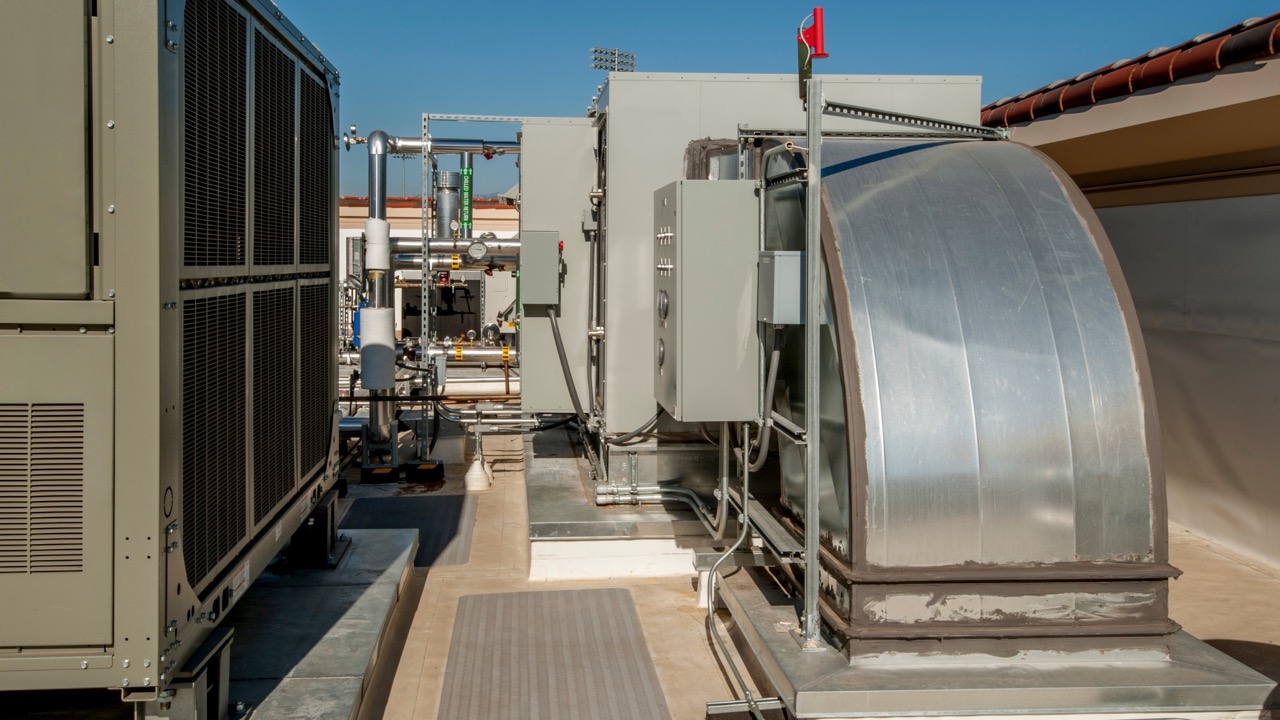

Articles
How Do Commercial HVAC Systems Work
Modified: January 19, 2024
Discover how commercial HVAC systems work in this informative article. Learn about the components and processes involved in heating, ventilation, and air conditioning systems for businesses.
(Many of the links in this article redirect to a specific reviewed product. Your purchase of these products through affiliate links helps to generate commission for Storables.com, at no extra cost. Learn more)
Introduction
Welcome to the world of commercial HVAC systems! Whether you own a large office building, a retail store, or a restaurant, understanding how these systems work is essential for maintaining a comfortable and productive environment for your employees and customers. HVAC, which stands for Heating, Ventilation, and Air Conditioning, plays a crucial role in controlling temperature, humidity, and air quality within commercial spaces.
In this article, we will dive deep into the inner workings of commercial HVAC systems, exploring the components, processes, and benefits of these complex systems. We’ll also touch on the importance of energy efficiency and environmental considerations, as well as the maintenance and troubleshooting involved.
By the end of this article, you’ll have a comprehensive understanding of how commercial HVAC systems operate and the key factors to consider when maintaining and optimizing their performance.
Key Takeaways:
- Understanding the intricate components and processes of commercial HVAC systems is crucial for optimizing performance, improving energy efficiency, and ensuring a comfortable indoor environment for occupants.
- Prioritizing maintenance, energy efficiency, and troubleshooting in commercial HVAC systems not only reduces operational costs but also contributes to a sustainable and environmentally friendly approach to indoor climate control.
Read more: How Much Does A Commercial HVAC System Cost
Understanding HVAC Systems
Before we dive into the specifics of commercial HVAC systems, let’s start with a basic understanding of how HVAC systems work. At its core, an HVAC system regulates the temperature, humidity, and air quality of a building to create a comfortable and healthy environment for occupants.
In a commercial setting, HVAC systems are typically more complex than residential systems due to the larger size and diverse needs of commercial spaces. These systems are designed to handle a higher occupancy load, larger square footage, and a greater variety of heating and cooling requirements.
A commercial HVAC system consists of several key components that work together to achieve the desired indoor conditions. These components include:
- Heating Unit: The heating unit is responsible for generating heat when temperatures drop. It can be powered by electricity, gas, oil, or even solar energy.
- Cooling Unit: The cooling unit, commonly known as the air conditioner, removes heat and humidity from the indoor air, creating a cooler environment. It utilizes refrigerant to transfer heat energy from inside to outside the building.
- Ventilation System: The ventilation system ensures a constant supply of fresh air while expelling stale air. It helps regulate indoor air quality by filtering out pollutants, such as dust, allergens, and odors.
- Ductwork: The ductwork serves as a network of channels that distribute heated or cooled air throughout the building. It connects the heating and cooling units to different areas, ensuring a consistent flow of conditioned air.
- Thermostat: The thermostat acts as the control center of the HVAC system. It allows users to set the desired temperature, monitor system performance, and make adjustments as needed.
These components work together in a carefully orchestrated manner to maintain a comfortable and healthy indoor environment. The system responds to temperature and humidity fluctuations by adjusting the heating, cooling, and ventilation processes to meet the desired conditions.
Now that we have a general understanding of HVAC systems, let’s explore the specific processes involved in commercial HVAC systems, starting with the air conditioning process.
Components of Commercial HVAC Systems
Commercial HVAC systems consist of various components that work together to ensure efficient heating, cooling, and ventilation. Understanding these components is key to comprehending how the system functions as a whole. Let’s explore the main components of commercial HVAC systems:
- Heating Unit: The heating unit is responsible for generating heat to warm the indoor space during cold weather. It can be powered by natural gas, oil, electricity, or even renewable energy sources like geothermal or solar power.
- Cooling Unit: The cooling unit, commonly known as the air conditioner, removes heat and humidity from the air to cool the indoor space. It utilizes refrigerant to extract heat energy from the air and transfer it outside the building.
- Ventilation System: The ventilation system ensures a steady flow of fresh air while removing stale air from the building. It consists of intake vents, exhaust vents, and ductwork to distribute air throughout the space. The ventilation system also includes air filters that help remove pollutants and improve indoor air quality.
- Ductwork: Ductwork is a network of channels that distributes heated or cooled air throughout the building. It consists of supply ducts that deliver conditioned air from the HVAC unit to different areas, and return ducts that carry air back to the HVAC unit for reconditioning.
- Thermostat: The thermostat acts as the control center for the HVAC system. It allows users to set the desired temperature and controls the operation of the heating and cooling units accordingly. Many modern thermostats also offer programmable features, allowing for tailored temperature settings based on occupancy and time of day.
- Sensors and Controls: Sensors and controls play a crucial role in monitoring and regulating the HVAC system’s performance. They collect data on temperature, humidity, air pressure, and other factors, and adjust the system’s operation to maintain optimal conditions. Advanced HVAC systems may include smart sensors that can learn and adapt to occupancy patterns, optimizing energy usage and comfort levels.
These components work in harmony to provide a comfortable and healthy indoor environment. The heating and cooling units regulate temperature, while the ventilation system ensures a supply of fresh air and eliminates pollutants. Ductwork distributes the conditioned air throughout the building, and the thermostat and control systems manage the operation of the HVAC system.
Now that we have a good understanding of the components, let’s dive into the processes involved in commercial HVAC systems, starting with the air conditioning process.
Air Conditioning Process
The air conditioning process is a vital aspect of commercial HVAC systems, especially in warmer climates or during the summer months. It involves the removal of heat and moisture from the indoor air, creating a comfortable and cool environment within the building. Let’s take a closer look at the air conditioning process:
1. Air intake and filtration: The process begins with the intake of warm air from within the building. The air is drawn into the HVAC system through return vents and passes through air filters to remove dust, allergens, and other particles. This step ensures that the air being circulated is clean and healthy.
2. Heat exchange: Once the air has been filtered, it enters the cooling unit or air conditioner. The cooling unit contains a refrigerant that circulates through a closed-loop system. The warm air from the building passes over coils containing the refrigerant, and heat is exchanged between the air and the refrigerant. This causes the air to lose heat, resulting in a cooler temperature.
3. Condensation: As the warm air cools, moisture in the air condenses on the cold coils of the cooling unit. This condensation is collected in a drain pan and then drained away from the unit. Removing humidity from the air helps to create a more comfortable indoor environment.
4. Cool air distribution: After the heat exchange and condensation processes, the cooled and dehumidified air is ready to be distributed back into the building. The now cold air flows through the supply ducts of the HVAC system and is delivered to different areas or rooms through vents or diffusers.
5. Thermostat control: The thermostat plays a crucial role in the air conditioning process. It measures the temperature in the building and sends signals to the cooling unit to adjust its operation accordingly. The thermostat ensures that the desired temperature is maintained consistently throughout the space.
The air conditioning process continuously repeats itself to maintain a comfortable indoor environment. As the warm air is drawn in, heat is removed, moisture is condensed, and cooled air is distributed. This cycle keeps the temperature at the set level, creating a pleasant atmosphere for occupants.
Now that we have a clear understanding of the air conditioning process, let’s move on to the heating process in commercial HVAC systems.
Heating Process
The heating process is a crucial aspect of commercial HVAC systems, particularly in colder climates or during the winter months. It involves the introduction of warm air or heat energy into the indoor space to maintain a comfortable and cozy environment. Let’s explore the heating process in commercial HVAC systems:
1. Fuel combustion: In most commercial HVAC systems, the heating process begins with the combustion of a fuel source. Common fuel options include natural gas, oil, or electricity. When the heating system is powered by natural gas or oil, the fuel is ignited in a burner, producing a flame. The flame then heats up the heat exchanger.
2. Heat exchange: The heat exchanger, located within the heating unit, plays a vital role in the heating process. It transfers the heat energy from the burner flame to the air passing over the exchanger. As the air passes through the exchanger, it absorbs heat, becoming warmer in the process.
3. Air distribution: Once the air has been heated in the heat exchanger, it is distributed throughout the building via the HVAC system’s ductwork. The warm air flows through the supply ducts and is released into different areas or rooms through vents or registers. This ensures that each space receives the desired amount of heat.
4. Thermostat control: Just like in the air conditioning process, the thermostat plays a significant role in the heating process. It monitors the temperature in the building and sends signals to the heating unit to adjust its operation as needed. The thermostat helps maintain a consistent and comfortable temperature throughout the space.
5. Energy efficiency: Energy efficiency is a critical consideration in the heating process of commercial HVAC systems. Efficient systems utilize advanced technology, such as high-efficiency burners, energy recovery ventilators, and programmable thermostats, to minimize energy consumption and reduce operating costs.
The heating process ensures that the air temperature within a commercial space remains at a comfortable level, even during colder weather conditions. By providing warmth and maintaining a cozy environment, the heating process contributes to the overall comfort and well-being of building occupants.
Now that we have explored the heating process, let’s move on to the ventilation process in commercial HVAC systems.
Regular maintenance of commercial HVAC systems is crucial for optimal performance. This includes cleaning or replacing filters, checking for leaks, and ensuring all components are functioning properly.
Ventilation Process
Ventilation is a crucial aspect of commercial HVAC systems that focuses on the exchange of indoor and outdoor air. It plays a vital role in maintaining indoor air quality, removing pollutants, and ensuring a constant supply of fresh air. Let’s delve into the ventilation process in commercial HVAC systems:
1. Air intake: The ventilation process begins with the intake of outdoor air. Some commercial HVAC systems have dedicated outdoor air intakes that bring in fresh air directly from the outside. This outdoor air is essential for diluting indoor pollutants and maintaining a healthy indoor environment.
2. Air filtration: Once the outdoor air is brought in, it passes through air filters that remove dust, allergens, and other particles. These filters help improve indoor air quality by reducing the presence of harmful pollutants, ensuring that the air being circulated is clean and healthy.
3. Air distribution: After going through the filtration process, the fresh air is distributed throughout the building. The ventilation system utilizes ductwork to transport the fresh air to different areas, ensuring a balanced flow and uniform air distribution. Supply vents or diffusers deliver the fresh air into the occupied spaces.
4. Exhaust of stale air: While bringing in fresh air, the ventilation system simultaneously removes stale air from the building. Exhaust vents are strategically placed in areas such as bathrooms, kitchens, or spaces with higher pollutant levels. These vents expel the stale air to the outside, preventing the accumulation of pollutants and maintaining a healthy indoor environment.
5. Heat recovery: Energy efficiency is an essential consideration in the ventilation process. Some commercial HVAC systems incorporate heat recovery mechanisms. These systems recover heat energy from the exhaust air before it is expelled outside and use it to preheat the incoming fresh air. This heat recovery process reduces energy consumption and helps maintain a comfortable indoor temperature.
The ventilation process ensures that indoor air quality is constantly maintained, providing a healthy and comfortable environment for occupants. It helps remove pollutants, controls humidity levels, and ensures a continuous supply of fresh air throughout the building.
Now that we have explored the ventilation process, let’s move on to the control systems used in commercial HVAC systems.
Control Systems in HVAC Systems
Control systems are a crucial component of commercial HVAC systems as they provide the means to efficiently regulate and manage the temperature, humidity, and air quality within a building. These systems ensure optimal comfort for occupants while maximizing energy efficiency. Let’s delve into the different control systems used in commercial HVAC systems:
1. Thermostats: Thermostats act as the primary control devices in HVAC systems. They allow users to set and adjust the desired temperature in different zones or areas of the building. Modern thermostats often come with programmable features that allow for customized temperature schedules based on occupancy patterns and time of day. Some advanced thermostats even have Wi-Fi connectivity, enabling remote control and monitoring via smartphones or other internet-connected devices.
2. Zoning Systems: Zoning systems divide a building into different zones or areas, each with its independent temperature control. This allows occupants to set specific temperature preferences for different areas based on their occupancy and comfort requirements. Zoning systems help reduce energy waste by delivering conditioned air only to areas that need it, optimizing comfort while minimizing energy consumption.
3. Sensors: Sensors play a crucial role in monitoring and collecting data on various parameters such as temperature, humidity, occupancy, and air quality. These sensors provide real-time feedback to the control system, allowing it to make precise adjustments to maintain optimal conditions. Examples of sensors used in HVAC systems include temperature sensors, humidity sensors, CO2 sensors, and occupancy sensors.
4. Building Automation Systems (BAS): Building Automation Systems, also known as Building Management Systems (BMS), integrate and control various building services, including HVAC systems. These systems collect and analyze data from sensors, thermostats, and other devices, allowing for centralized control and management of the entire HVAC system. BAS enables energy optimization, remote monitoring, and proactive maintenance, leading to improved energy efficiency and system performance.
5. Variable Speed Drives (VSD): Variable Speed Drives are motor control devices used in HVAC systems. They adjust the speed of motors in HVAC components, such as fans and pumps, based on the actual demand. By operating at variable speeds rather than constant speeds, VSDs improve energy efficiency by reducing energy waste during periods of low demand.
These control systems work together to ensure the HVAC system operates at optimal levels, providing comfort and energy efficiency. Through precise monitoring, adjustment, and automation, these systems keep the indoor environment comfortable while minimizing energy consumption and reducing operational costs.
Now that we have explored control systems in commercial HVAC systems, let’s discuss the importance of energy efficiency and environmental considerations in these systems.
Energy Efficiency and Environmental Considerations
Energy efficiency and environmental considerations are crucial factors to keep in mind when it comes to commercial HVAC systems. These systems consume a significant amount of energy, and inefficient operation can lead to excessive energy waste and environmental impact. Let’s explore the importance of energy efficiency and environmental considerations in commercial HVAC systems:
1. Energy consumption: Commercial HVAC systems account for a significant portion of a building’s energy consumption. By implementing energy-efficient technologies and practices, businesses can lower their energy usage, leading to cost savings and reduced environmental impact. Energy-efficient components, such as high-efficiency heating and cooling units, can significantly reduce energy consumption without sacrificing comfort.
2. Energy management: Proper energy management is crucial to maximize energy efficiency in commercial HVAC systems. This includes employing smart controls, such as programmable thermostats and occupancy sensors, to optimize heating, cooling, and ventilation based on actual demand. Regular maintenance and tune-ups also contribute to energy efficiency by ensuring that the system operates at peak performance.
3. Renewable energy integration: Integrating renewable energy sources, such as solar panels or geothermal systems, into the HVAC system can further reduce reliance on traditional energy sources. Renewable energy not only lowers energy costs but also minimizes carbon emissions and environmental impact.
4. Environmental refrigerants: Refrigerants used in commercial HVAC systems play a significant role in environmental impact. Traditional refrigerants, such as CFCs and HCFCs, contribute to ozone depletion and global warming. It is essential to use refrigerants that have a lower environmental impact, such as hydrofluorocarbons (HFCs) with low global warming potential, or explore alternatives like natural refrigerants.
5. Indoor air quality: Energy efficiency should not come at the expense of indoor air quality. Proper ventilation, air filtration, and regular maintenance of HVAC systems are crucial to ensure healthy indoor environments. Improved indoor air quality contributes to the well-being and productivity of occupants while reducing health risks associated with poor air quality.
By prioritizing energy efficiency and incorporating environmentally friendly practices in commercial HVAC systems, businesses can reduce energy costs, lower carbon emissions, and contribute to a more sustainable future. Investing in energy-efficient technologies, optimizing system performance, and making environmentally conscious choices not only benefit the bottom line but also enhance the overall comfort and well-being of building occupants.
Now, let’s explore the importance of maintenance and troubleshooting in commercial HVAC systems.
Maintenance and Troubleshooting
Maintenance and troubleshooting are essential aspects of ensuring optimal performance, longevity, and efficiency in commercial HVAC systems. Regular maintenance helps prevent issues before they occur, while troubleshooting is necessary to identify and resolve any problems that may arise. Let’s explore the importance of maintenance and troubleshooting in commercial HVAC systems:
1. Preventive maintenance: Regular preventive maintenance is crucial for keeping HVAC systems running smoothly. This includes scheduled inspections, cleaning, and servicing of various components, such as filters, coils, fans, and motors. By identifying and addressing potential issues in advance, preventive maintenance helps prevent breakdowns, optimize energy efficiency, and extend the lifespan of the system.
2. System performance: Regular maintenance ensures that the HVAC system operates at peak performance. During maintenance visits, trained professionals can calibrate thermostats, check refrigerant levels, inspect electrical connections, and perform efficiency tests. This enhances system performance, improves comfort levels, and reduces energy consumption.
3. Airflow and ventilation: Proper airflow and ventilation are critical for maintaining indoor air quality and comfort. Regular maintenance includes cleaning and inspecting ducts, registers, and vents to ensure unobstructed airflow. It also includes checking and adjusting dampers, balancing air distribution, and verifying ventilation rates to remove stale air and introduce fresh air effectively.
4. Troubleshooting: Despite regular maintenance, issues can still arise in commercial HVAC systems. Troubleshooting is the process of identifying and resolving problems to restore optimal system functionality. Trained technicians use diagnostic tools and techniques to pinpoint the root cause of issues, such as inadequate cooling or heating, unusual noises, or inconsistent airflow. By addressing these issues promptly, troubleshooting minimizes disruptions and ensures occupants’ comfort.
5. Emergency repairs: In the event of an HVAC system breakdown or emergency, prompt repair and response are crucial. Commercial HVAC service providers are equipped to handle emergencies, offering 24/7 availability and rapid response times. Fast and efficient repairs minimize downtime, avoid productivity losses, and restore comfort to occupants in critical situations.
Proper maintenance and effective troubleshooting help prevent costly breakdowns, ensure optimal system performance, and extend the lifespan of commercial HVAC systems. Regular inspections, cleaning, and servicing, combined with skilled troubleshooting and emergency repairs, contribute to the reliability, efficiency, and longevity of the system.
Now that we have explored the importance of maintenance and troubleshooting, let’s summarize the key points discussed in this article.
Read more: How Does A Gas Pack HVAC System Work
Conclusion
In conclusion, commercial HVAC systems are essential for maintaining a comfortable and productive indoor environment in various commercial settings. Understanding how these systems work can help businesses optimize their performance, improve energy efficiency, and ensure the well-being of occupants. In this article, we have explored the components, processes, and control systems involved in commercial HVAC systems.
We began by understanding the basic components of HVAC systems, including heating units, cooling units, ventilation systems, ductwork, and thermostats. These components work together to regulate temperature, humidity, and air quality within a building.
Next, we delved into the specific processes within HVAC systems, such as the air conditioning process, which involves the removal of heat and moisture from the indoor air. We also explored the heating process, which focuses on the introduction of warm air to maintain a comfortable indoor temperature. The ventilation process, on the other hand, ensures a constant supply of fresh air while removing stale air and pollutants.
We then discussed the importance of control systems in commercial HVAC systems, including thermostats, zoning systems, sensors, building automation systems, and variable speed drives. These control systems allow for precise regulation and optimization of HVAC operations.
Energy efficiency and environmental considerations were also emphasized as crucial factors in commercial HVAC systems. Incorporating energy-efficient technologies, renewable energy sources, and environmentally friendly refrigerants can significantly reduce energy consumption and minimize environmental impact. Furthermore, maintaining indoor air quality and optimizing ventilation help create a healthy and comfortable indoor environment.
Lastly, we highlighted the significance of maintenance and troubleshooting in commercial HVAC systems. Regular maintenance ensures optimal performance, improves energy efficiency, and extends the lifespan of the system. Troubleshooting, on the other hand, helps identify and resolve issues promptly, minimizing disruptions and restoring comfort in the event of breakdowns or emergencies.
By understanding the inner workings of commercial HVAC systems and implementing best practices in maintenance, energy efficiency, and troubleshooting, businesses can create a comfortable and sustainable indoor environment while reducing operational costs and environmental impact.
We hope this article has provided valuable insights into the complexities of commercial HVAC systems and the importance of their proper functioning. By applying this knowledge, businesses can enhance the comfort, productivity, and well-being of their occupants while contributing to a greener future.
Frequently Asked Questions about How Do Commercial HVAC Systems Work
Was this page helpful?
At Storables.com, we guarantee accurate and reliable information. Our content, validated by Expert Board Contributors, is crafted following stringent Editorial Policies. We're committed to providing you with well-researched, expert-backed insights for all your informational needs.
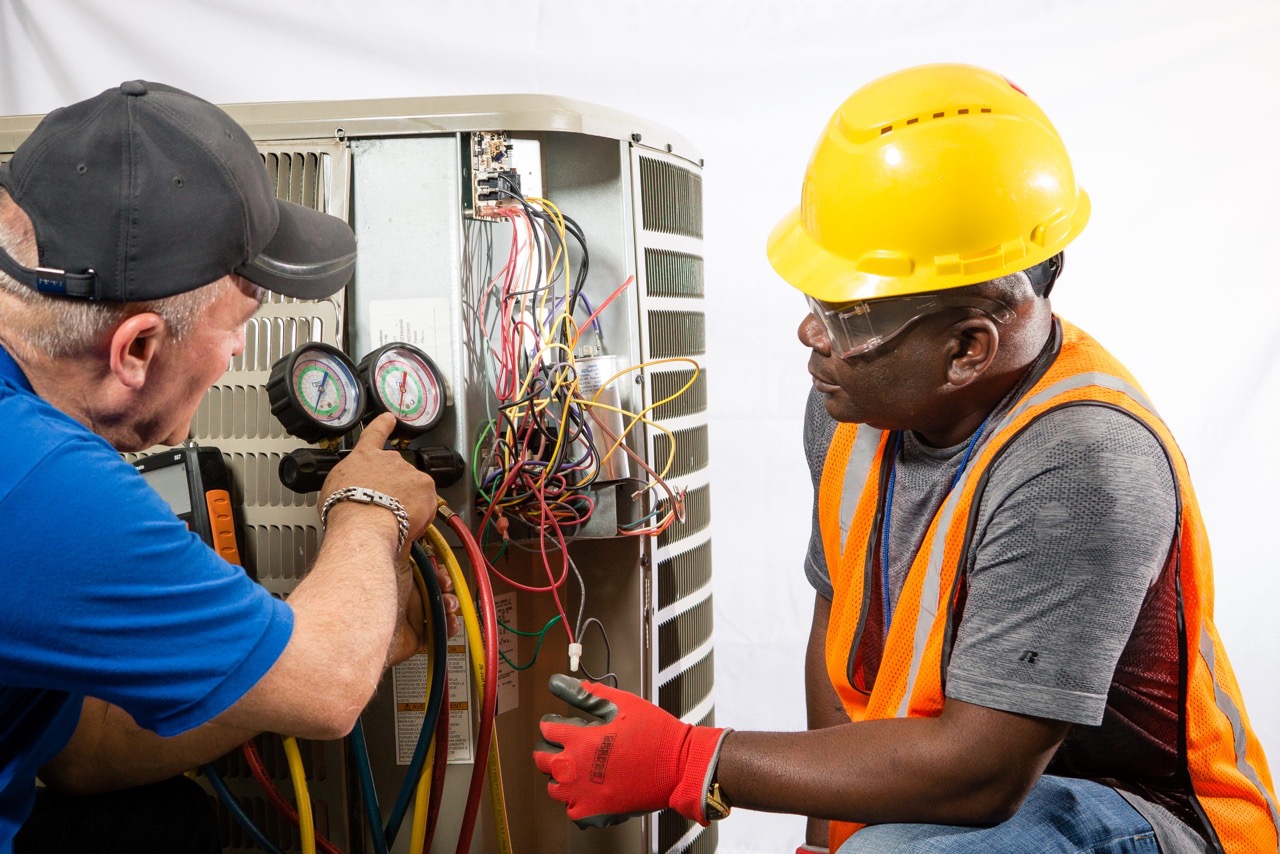
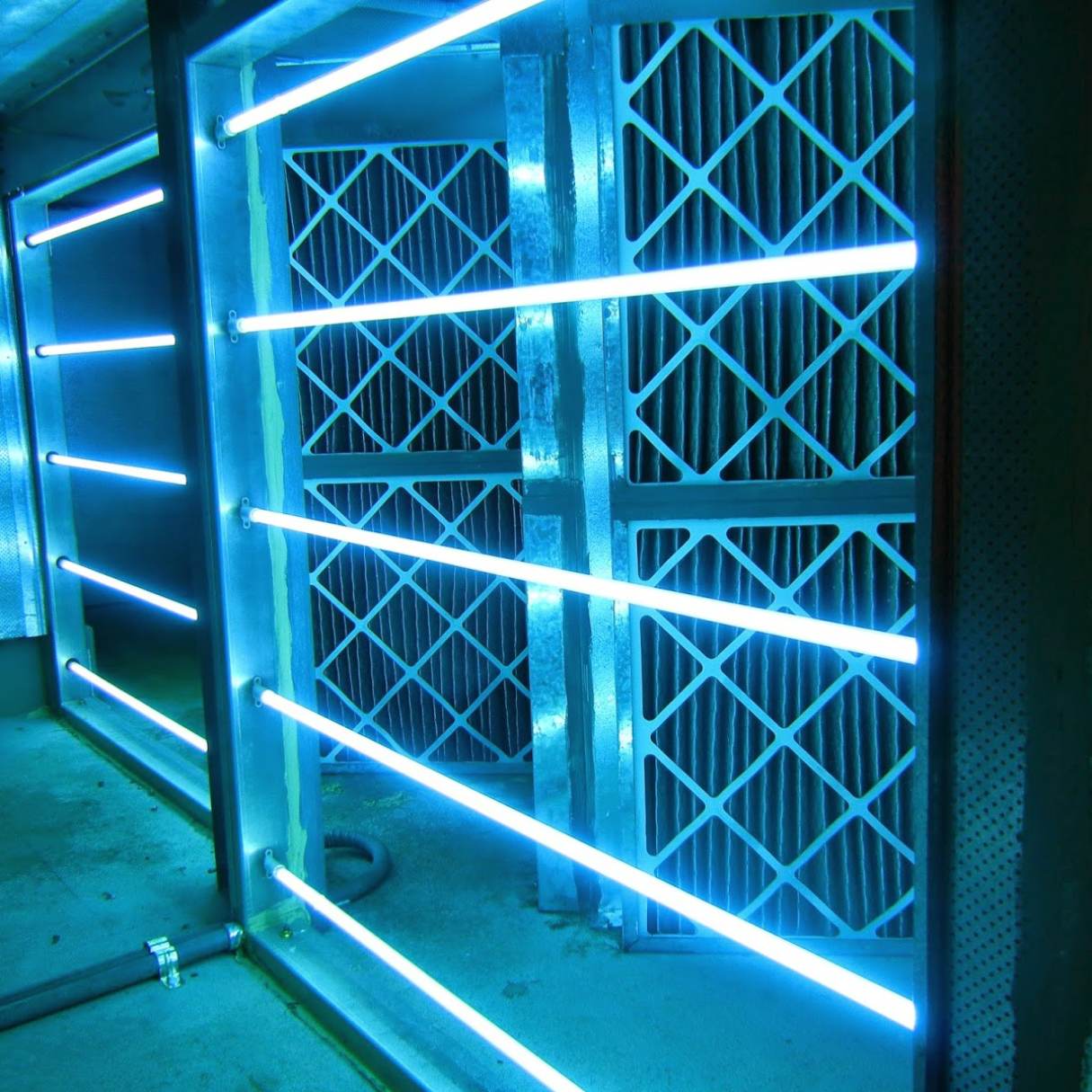
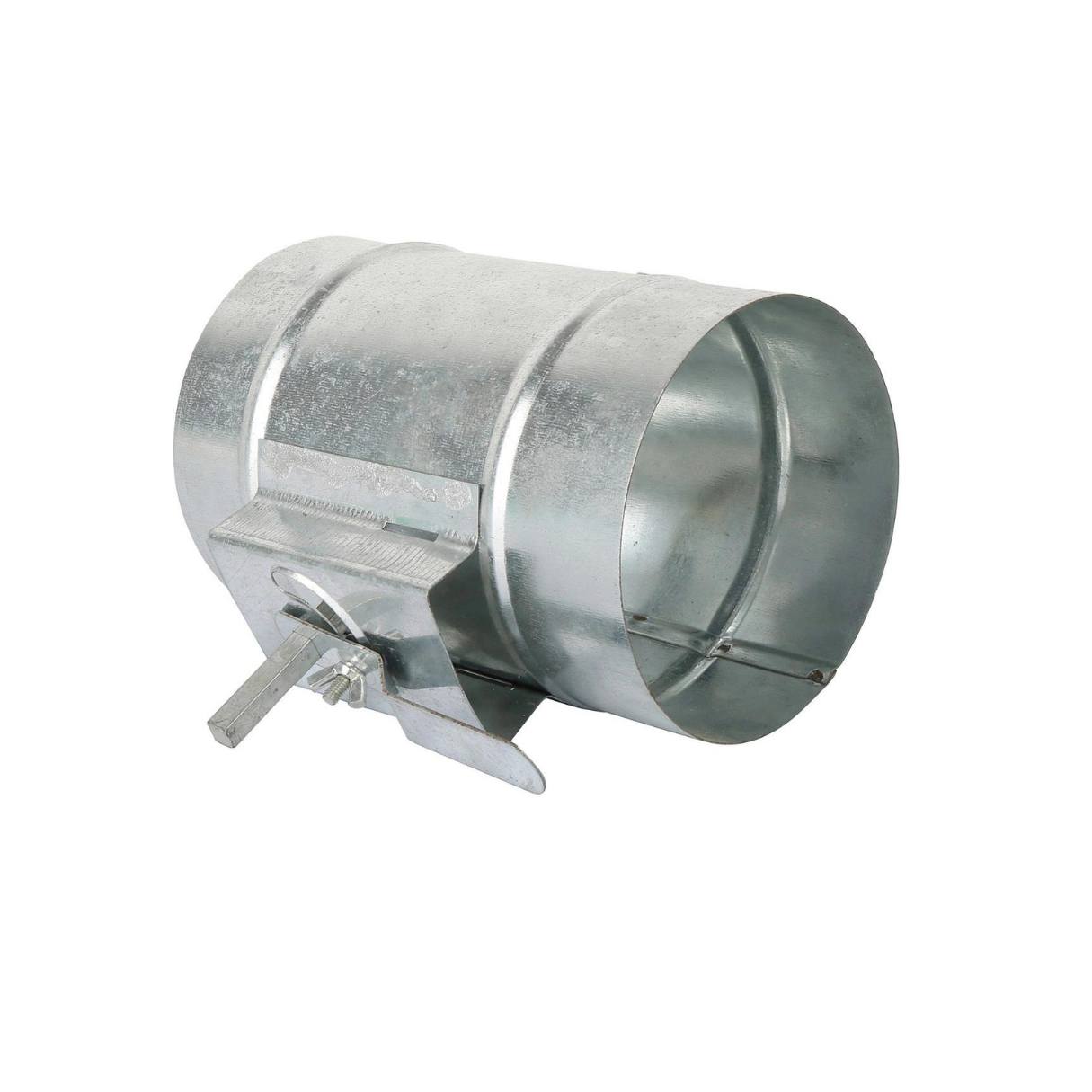
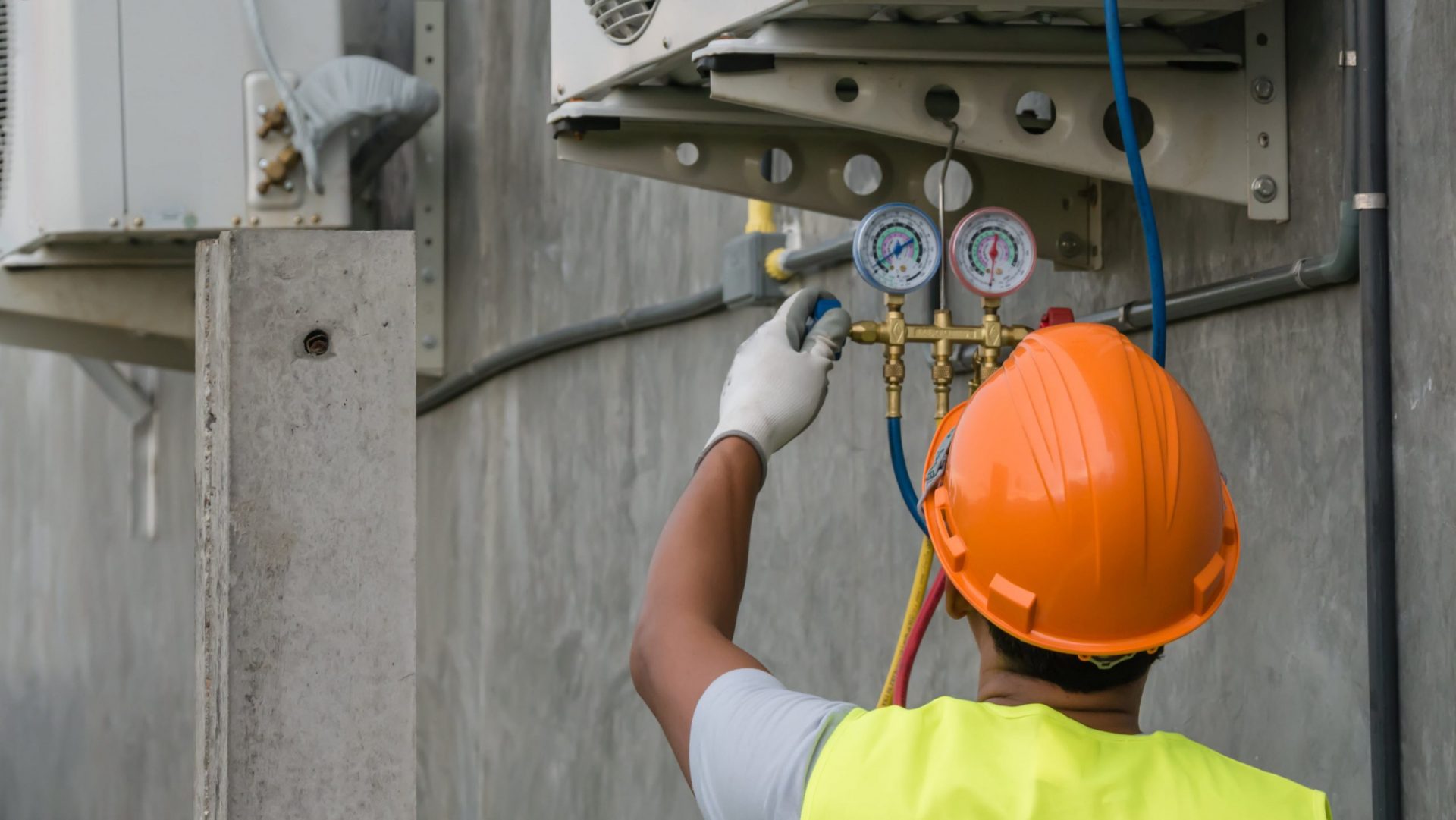
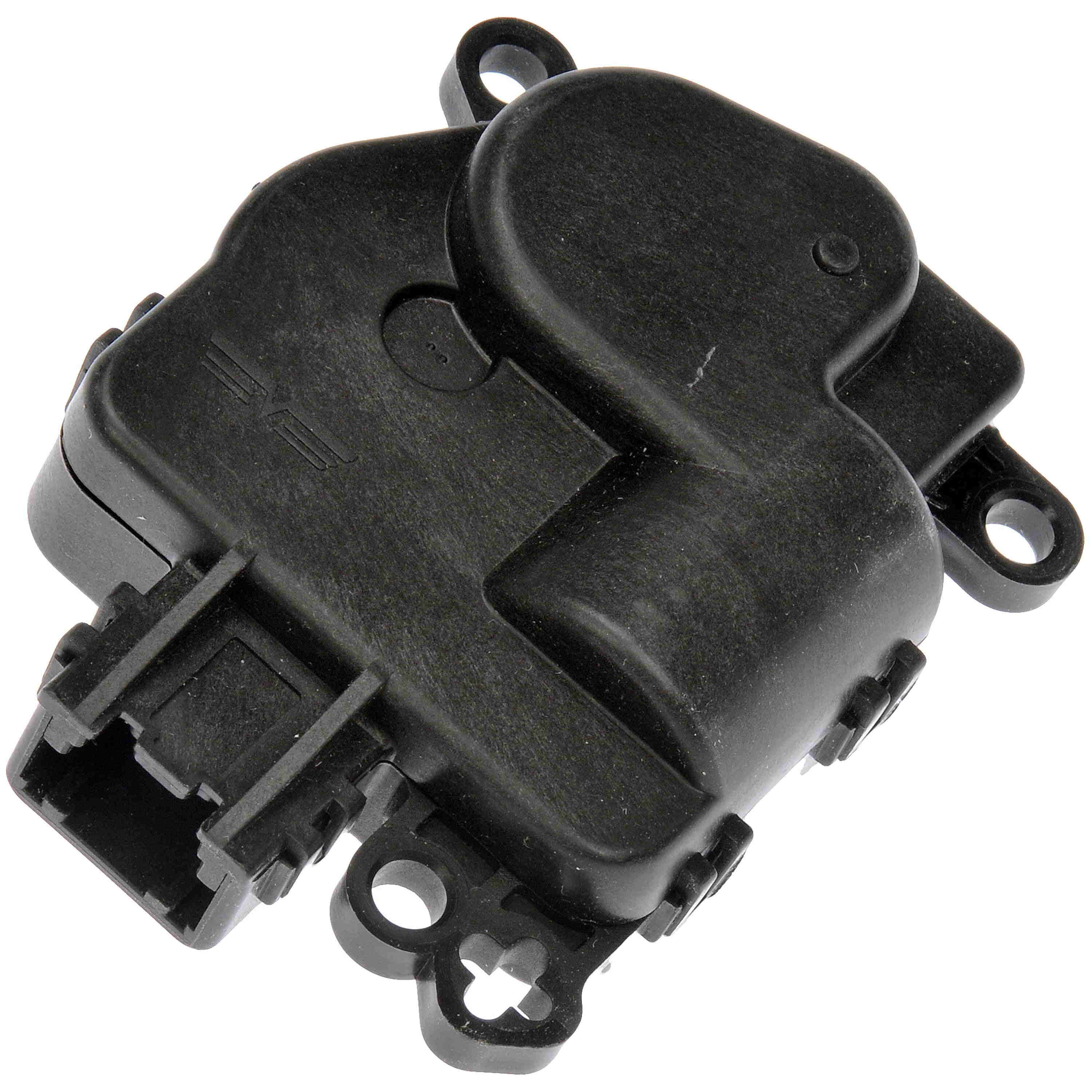
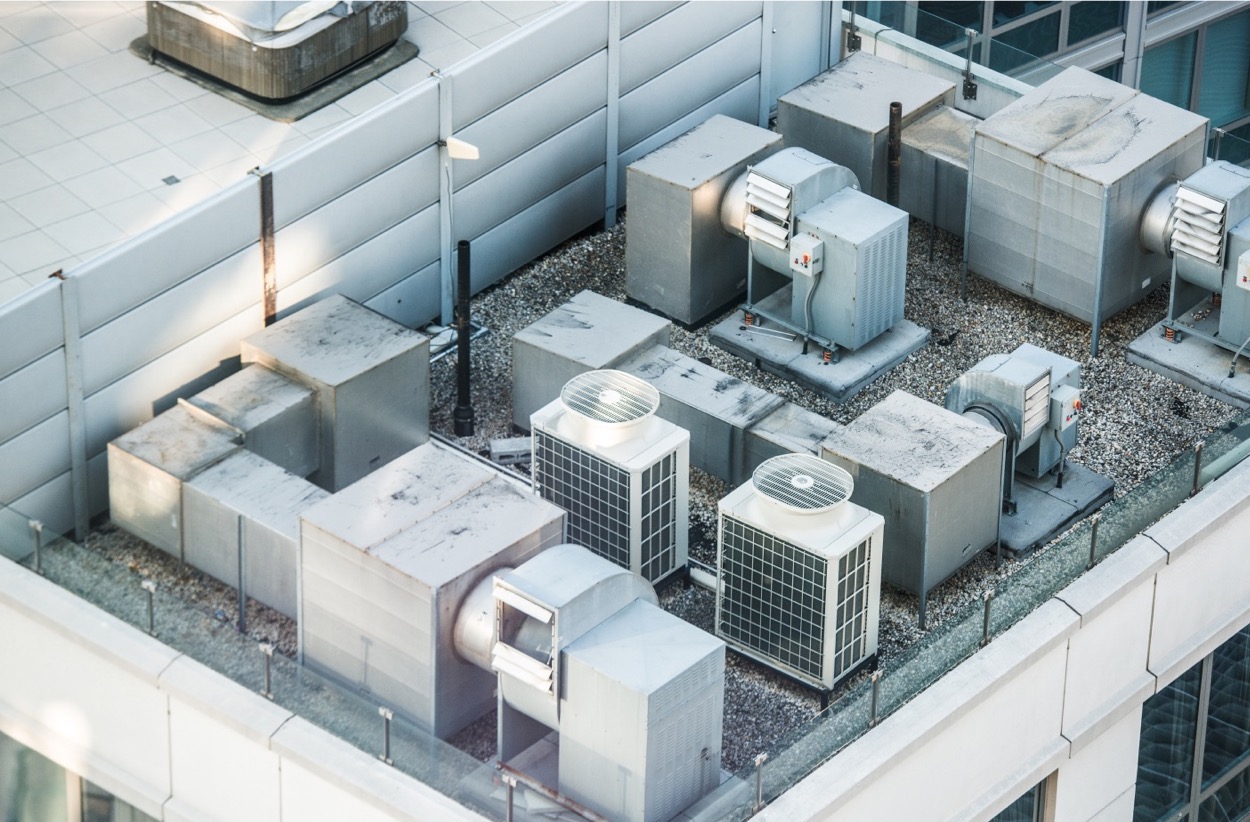
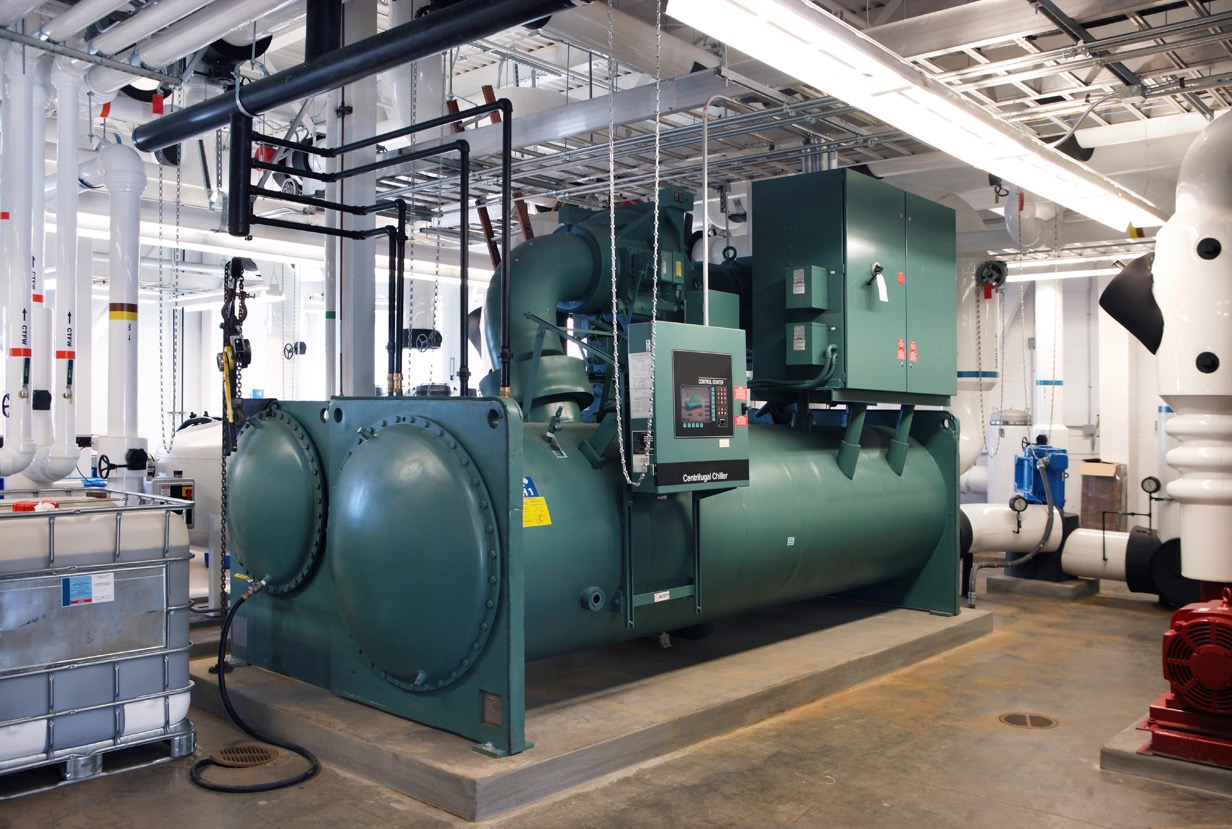
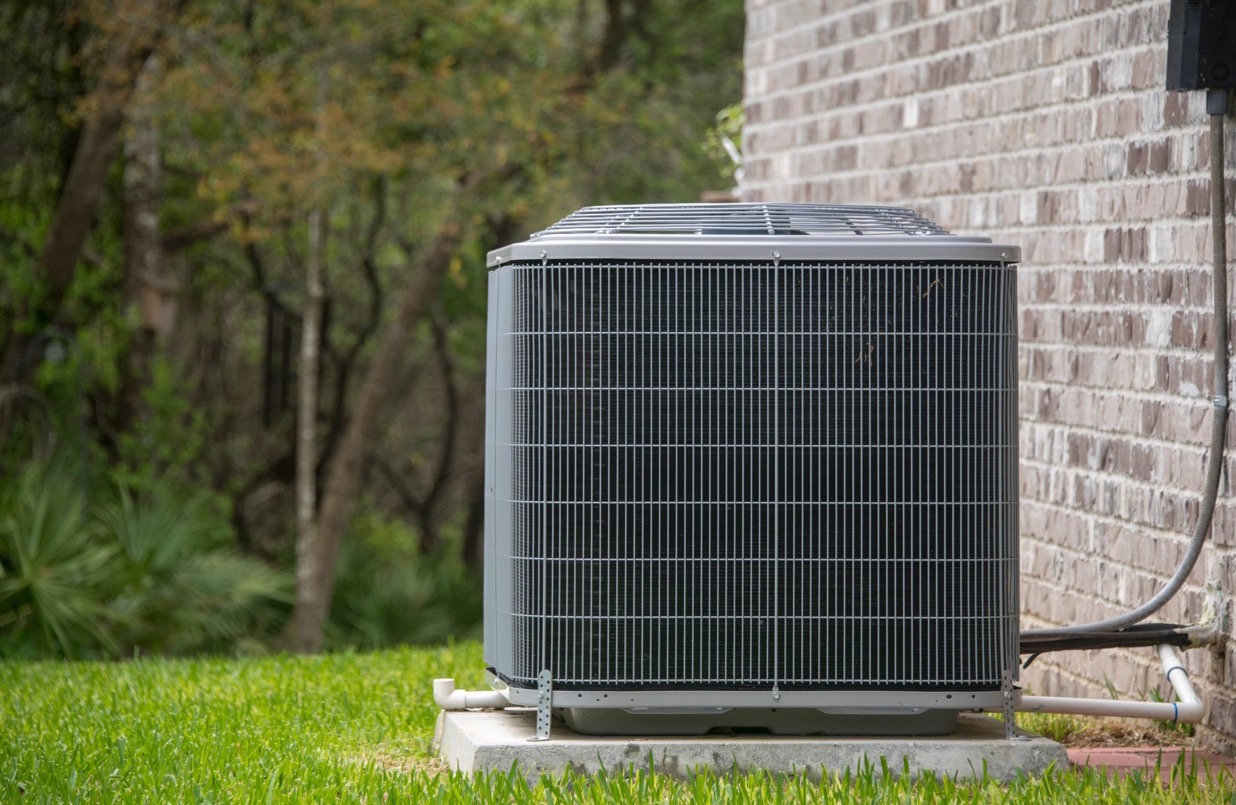
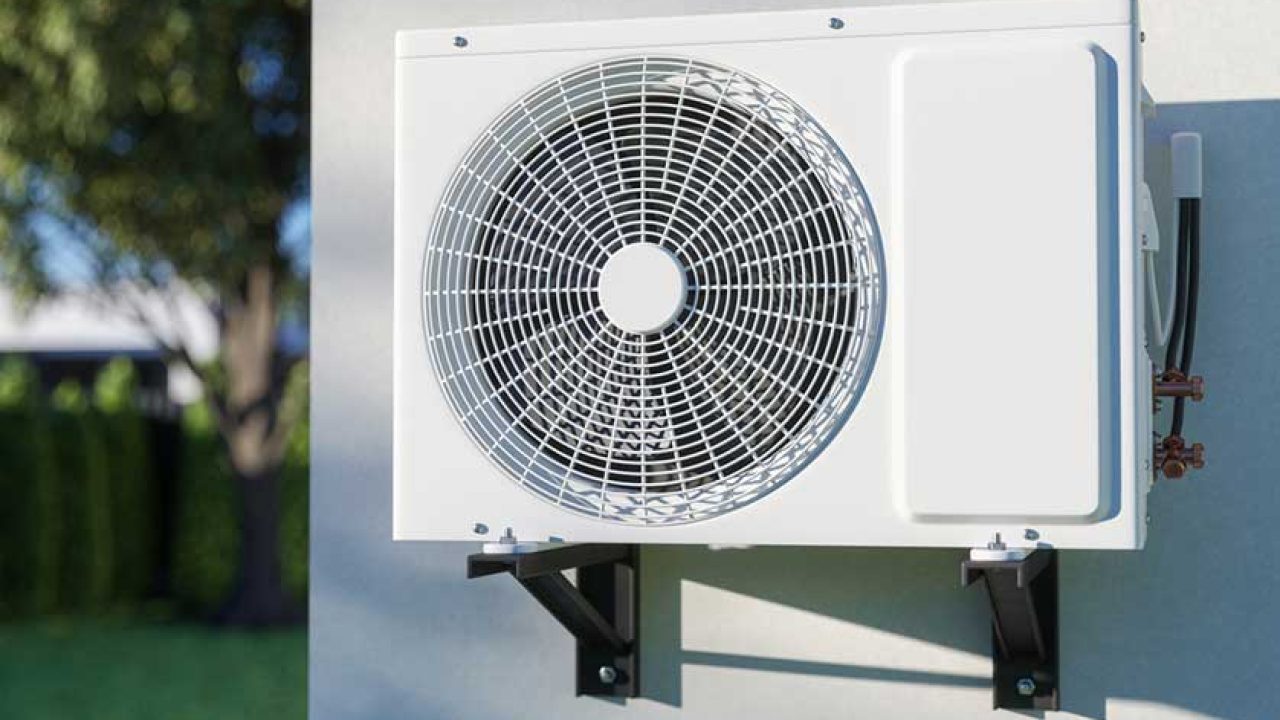
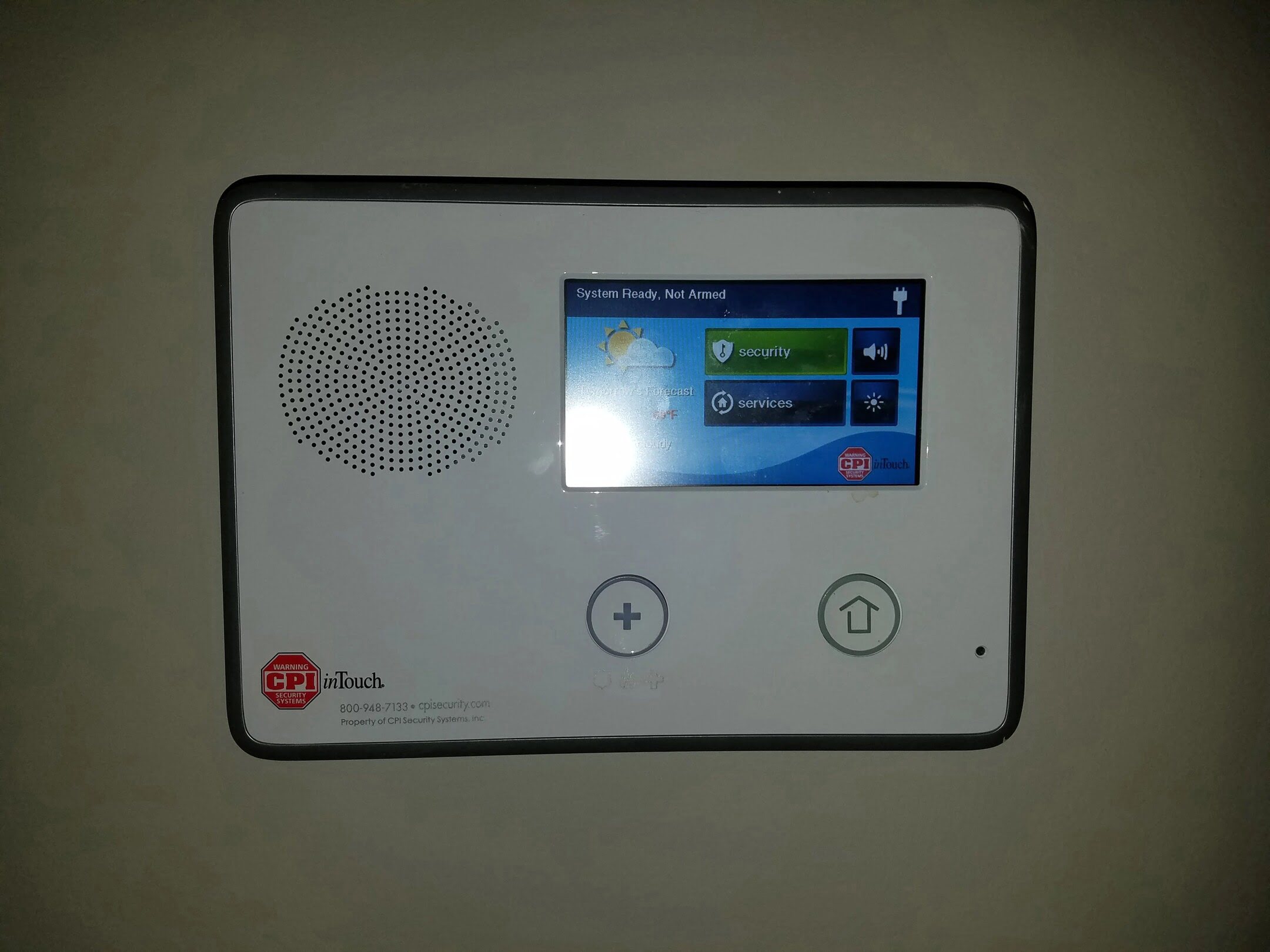
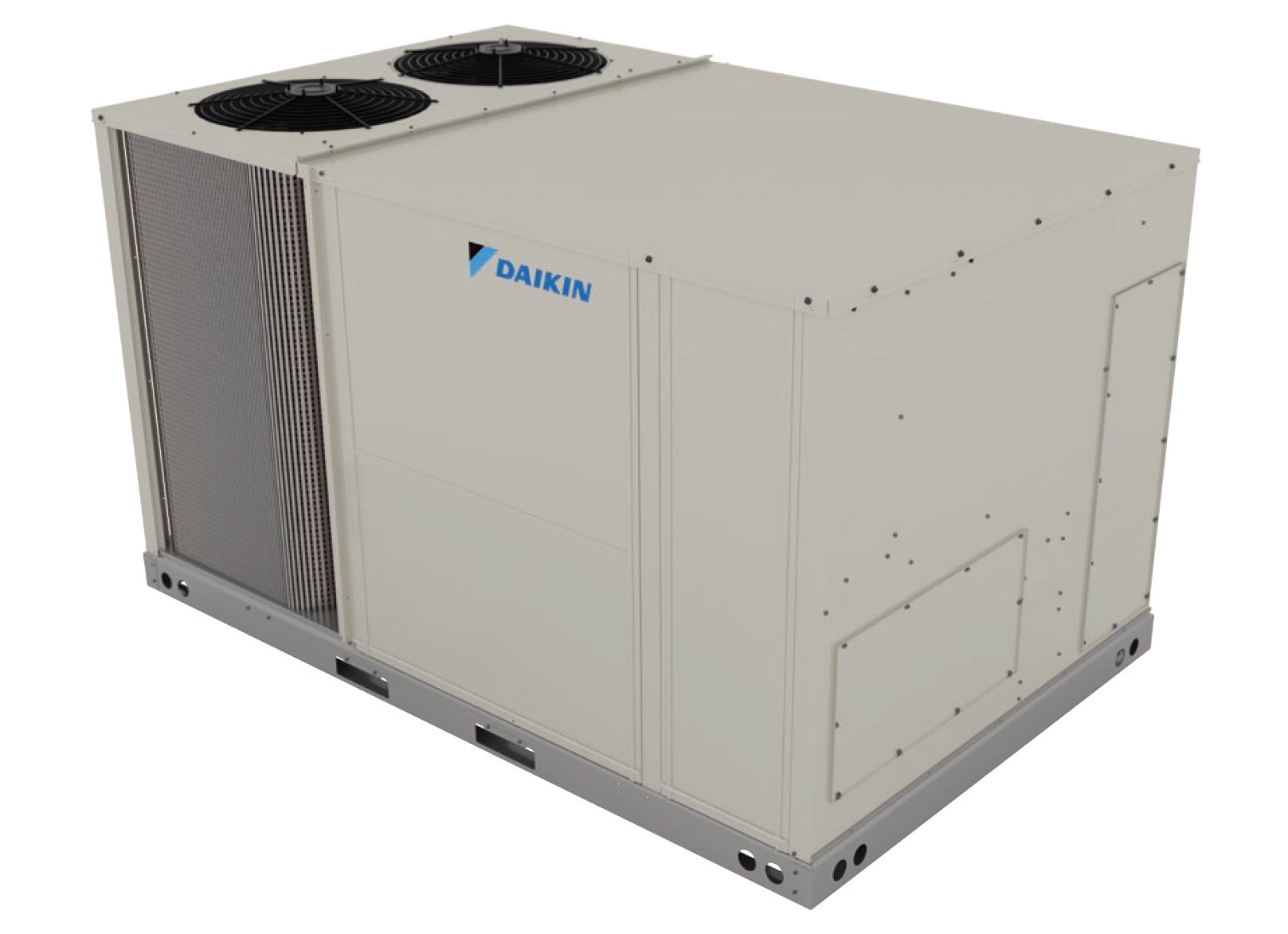
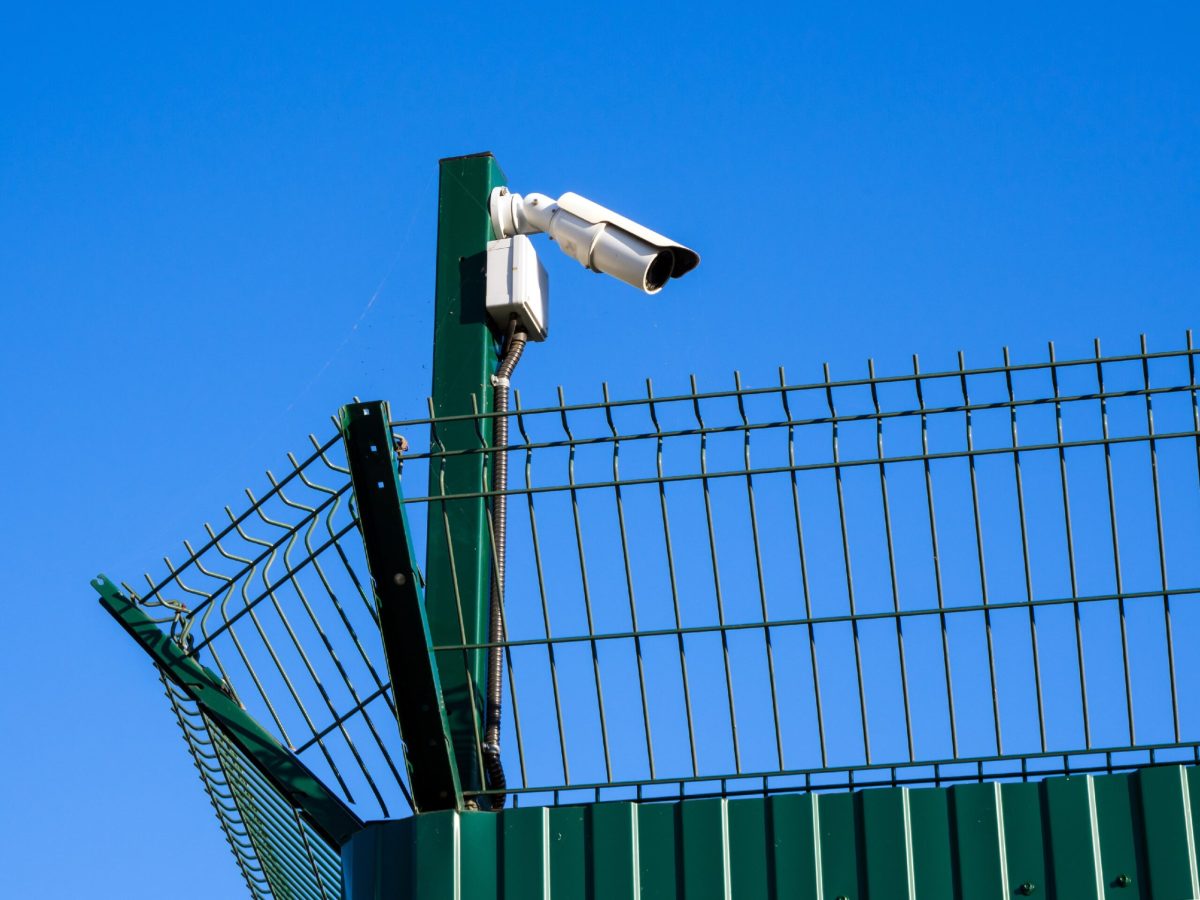
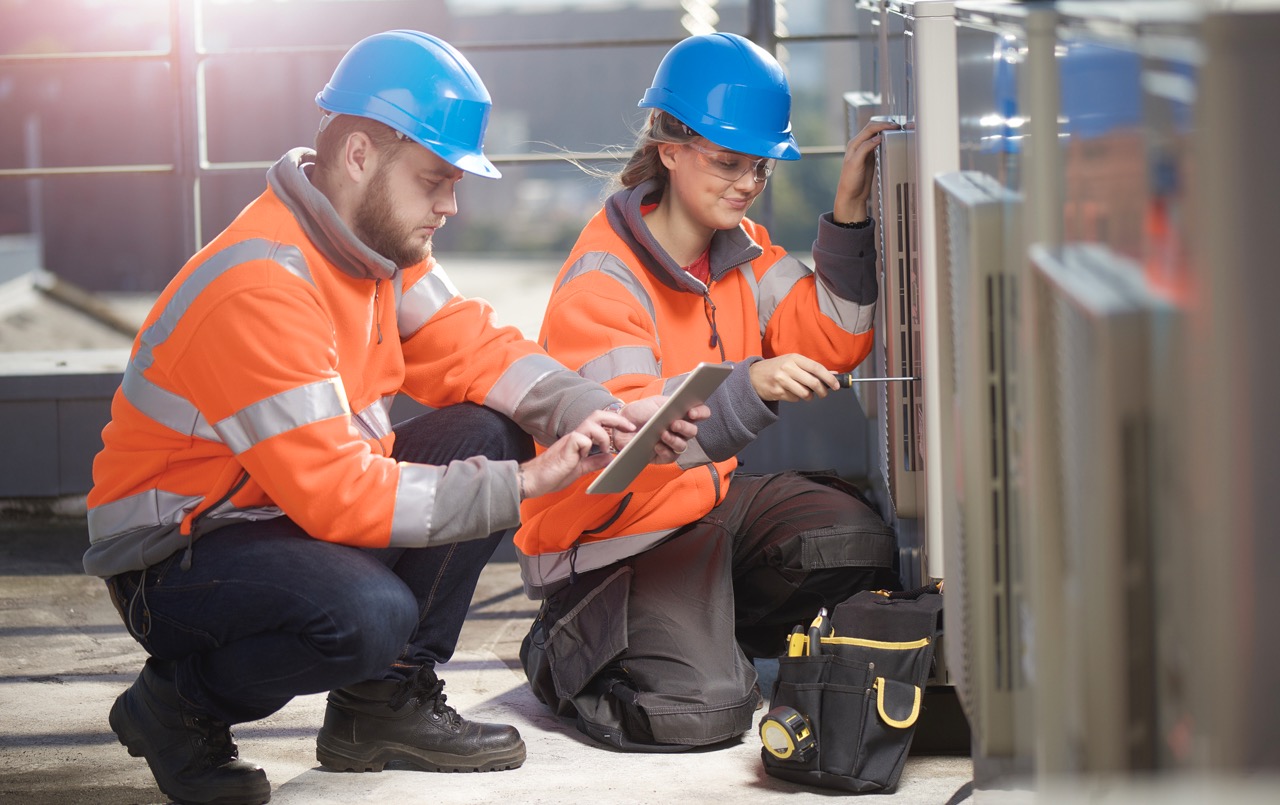

0 thoughts on “How Do Commercial HVAC Systems Work”